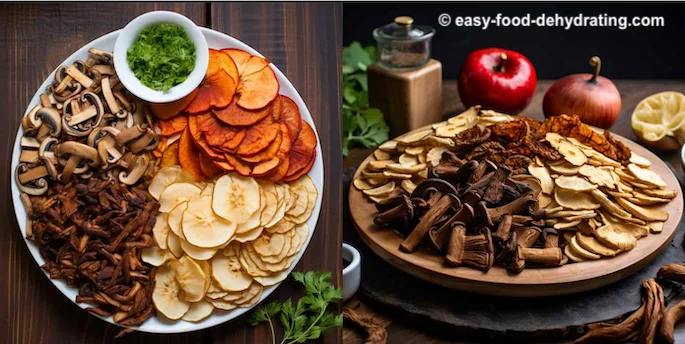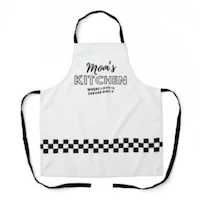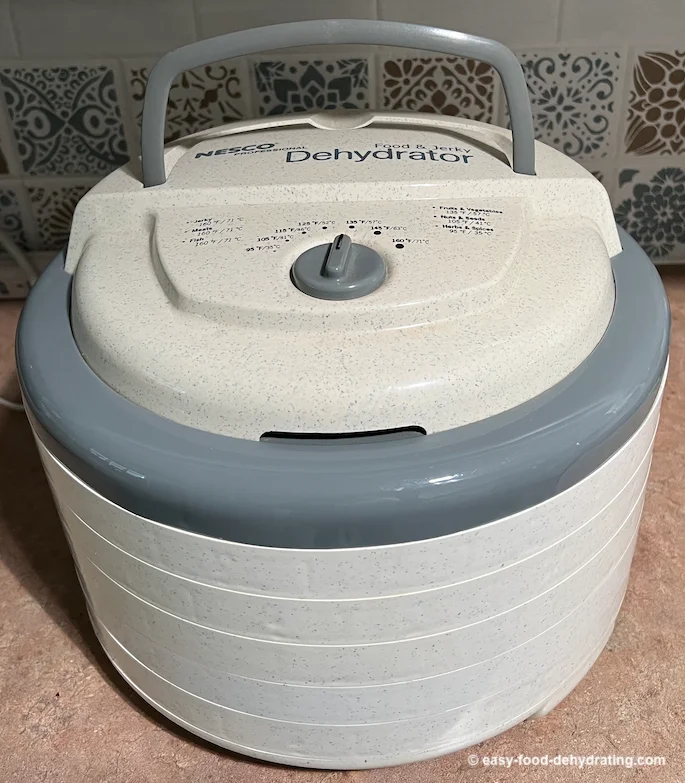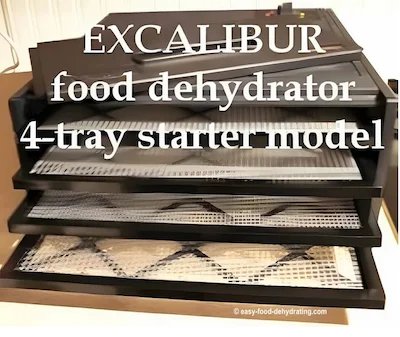whatever the reason or season!
- Home
- Dehydrating Food at Home
Guide to Dehydrating Food at Home
It's time. Time to start dehydrating food at home.
It's the savory answer to food wastage!
As you look at the fresh fruits and vegetables in your refrigerator and see them turning from vibrant and lively to darkened and soggy, you need to read this guide to dehydrating food at home: the savory answer to food wastage.
You may wonder, "Isn't there a better way?" as you dodge the side-eye disapproving glances from your kids as you toss the rotten potatoes in the garbage.
Why, Yes, There is (a Better Way)
You yearn to provide fresh, nutritious food for your family without dealing with the constant race against waste. Your kitchen probably seems more like a pit stop for spoilage rather than a hub for nourishment, right?
Here's where we introduce you to the fascinating art of dehydrating food—a tried and tested method for preserving the food and flavor longer.
Actually, dehydrated food has a more concentrated taste. Why? Because the water (which bulks up the food) is evaporated during the dehydrating process. Makes sense!
Mother's Day Specials!

The Good Old(en) Days
Dehydrating food at home not only offers satisfying food preservation but also symbolizes a nostalgic charm that brings in inner peace of mind and sparks pioneer woman feelings.
OK, that's my trip down memory lane. Not that I'm anywhere near being a pioneer woman!
It means you don't need to rely on boxed preservative-laden grocery store goodies... and that's a good thing.
And dehydrating food at home is NOT hard to do. Keep reading.

The Charm of Dehydrating Food at Home
The Charm of
Dehydrating Food at Home
The magic of dehydration lies in its simplicity. Though dehydrating foods at home might test your patience, witnessing that first batch of tangy apple chips or savory mushroom slices is well worth it.
From powerful jerky - brimming with intense flavors - to sweet, chewy fruit leather, home dehydration provides a creative and practical solution to your food waste conundrums.
Plus, the energy consumption concerns you might have regarding running a dehydrator for hours at a time, can be offset by the savings in food cost (or rather, less waste) and gaining space in your refrigerator and freezer.
Sell the spare refrigerator that is in the garage.
Getting Started
The first step in making your kitchen a bastion for deliciously dry food safely is to understand what this process entails. Good news—it's simple - yes, as in my free "Six Simple Steps."
Remember: It's a balance of time,
temperature, and air circulation. It's not just an efficient way of
prolonging the life of your food—it's also scientifically fascinating. It's amazing to see celery shrink down. Read my tips on dehydrating celery here.
The first step in making your kitchen a bastion for deliciously dry food safely is to understand what this process entails.
Good news—it's simple - yes, as in my free "Six Simple Steps." The dehydration process slowly removes water from foods, preventing future microorganisms from spoiling them.
The dehydration process slowly removes water from foods, preventing future microorganisms from spoiling them.
The free
email course teaches you the six steps, which include adding oxygen
absorbers (what size to get), and the best storage methods for long-term
storage.
Remember: It's a balance of time,
temperature, and air circulation. It's not just an efficient way of
prolonging the life of your food—it's also scientifically fascinating. It's amazing to see celery shrink down. Read my tips on dehydrating celery here.
How to Dehydrate Food
But how do you get started? While you can invest in a food dehydrator, your standard oven will likely do the trick. Spread your chosen food on a baking sheet, set the oven to its lowest setting, and crack the door slightly for air circulation... doesn't sound so great, right?
What if you don't want to heat up the house as it's mid-summer? Would be cozy in winter, though!
And while the timings vary, the
process might take between six to twelve hours, depending on the type
of food. I bet you're thinking that doesn't sound stress-free - and you're right! Read on...
Put Dehydrating Food at Home "On Auto"
If you prefer to "set it and forget it," then invest in a dehydrator. The starter models are surprisingly affordable and last for years. I began my dehydrating journey with a Nesco (still have it!) along with my starter Excalibur (I still have that beauty, too!).
Check out this page about Nesco and Excalibur dehydrator models.
To learn more about Nesco Dehydrators click here, or Excalibur Dehydrators click here.
Heed our Safety Measures While Dehydrating Food at Home
When it comes to dehydrating food, safety is paramount.
Make sure the foods are adequately dried and stored properly to avoid bacterial growth.
Dehydrating food at a temperature below 140°F may not kill harmful bacteria.
In most cases, the food needs to be 95% dehydrated for long-term storage.
It's the removal of water that works.
When we store our dehydrated foods in airtight containers in a dark space, we take care of the "three enemies"...
namely:
- AIR
- LIGHT
- WATER/MOISTURE
On each of my how to dehydrate fruit and vegetable pages (in the book), you'll see the average length of time it takes to fully dehydrate 16 of the top vegetables and 14 of the top fruits - and what the expected texture is like when dried properly.

The Book Includes Dehydrating Meat Too!
I also cover meats such as chicken, turkey, and beef, inside Easy Food Dehydrating & Safe Food Storage.
And you can learn about pork and seafood directly on our site (click the links to read them).
To aid in storing your dehydrating goodies, we use Oxygen Absorbers. These little oxygen packs absorb oxygen, as their name implies.
We add an oxygen absorber inside our vacuum sealer bag BEFORE vacuuming out the air.
Learn more about the different sizes of oxygen absorbers here.
Savoring and Storing Your Homemade Dehydrated Delights
Imagine the peace of mind that comes with opening your cupboard to find rows of containers filled with nutritious, delicious, and safely dehydrated foods, ready to rehydrate for stews, soups, smoothies, or just as a healthy snack.
Dehydrated food storage is indeed a delight. Preserved and properly packed, these foods require less space, reducing freezer
and refrigerator clutter. Read more on how to store food here.
And There You Have It
Whether you are a 'full plate' working mom always in a hurry, a retiree with time to connect with this economy-friendly activity, or someone who simply loves throwing on your domestic goddess apron and creating something marvelous—home dehydration of foods can be your secret ally against food wastage, impulse grocery shopping, and a cluttered refrigerator.
Homemade dehydrated meals are not just convenient and healthy, they also give a sense of accomplishment and satisfaction.
Get Your Copy of 20 Taste-Tested Easy Recipes
The process demands thinking-ahead planning, yes, and yet, the result is very rewarding—efficient control over food waste, alongside producing delightfully handy meals.
So why not give dehydrating food a try?
It could well be the smart, cost-efficient solution you've been seeking.
Indeed, indulging in this art yields concentrated, intense flavors, and a sense of creative fulfillment.
Embrace this technique and join thousands of (men and) women who have found delight in homemade dehydration.
It’s easier than you think!































